Last November we sadly reported the passing of Deborah Sawday, our medieval pottery specialist and part of the ULAS team since we began in 1995. Nicholas Cooper, ULAS post-excavation project manager remembers a friend and colleague who is greatly missed.
Deborah died on Tuesday 19th October, at the age of 77, after a long illness. Debbie was University of Leicester Archaeological Services’ medieval pottery specialist, and had built up an encyclopaedic knowledge of her subject over more than forty years, with hundreds of reports to her name, including contributions to chapters in the recently-published Life in Roman and medieval Leicester volume.
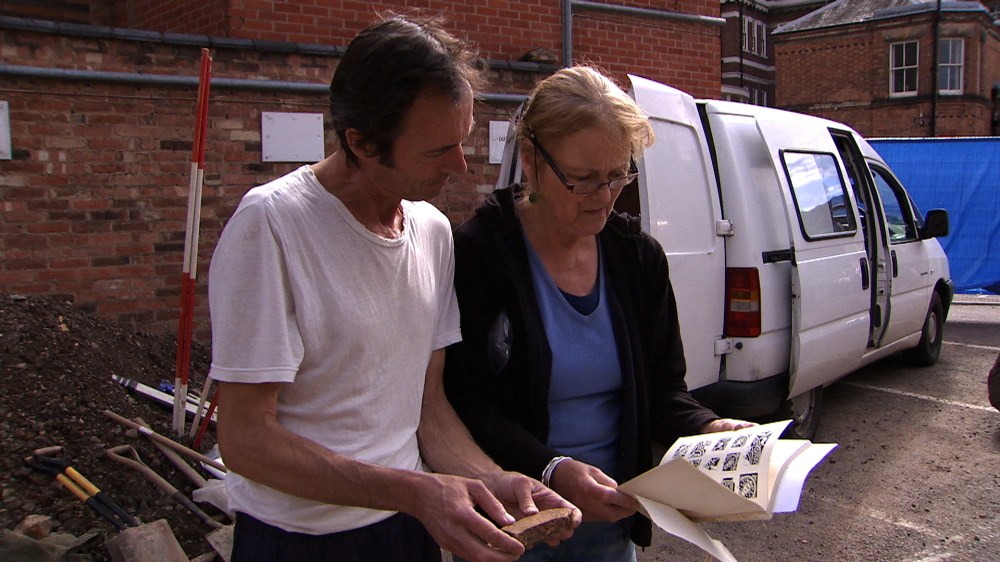
Debbie joined ULAS from the beginning, in 1995, when it rose from the ashes of the County Museum Service’s Archaeological Field Unit, which she had joined in 1974, after a short career in secondary teaching. Debbie had taken a degree in Modern History at Manchester from 1963-6, and after a year on VSO, teaching in Malawi, completed a PGCE at Leicester in 1969, before teaching in London and Leicester.
On joining Leicestershire Archaeological Unit in 1974 Debbie was involved in excavations as part of a small team led by Jean Mellor and assisted by Terry Pearce, John Lucas, Patrick Clay and Peter Liddle. In the city, Debbie joined the second season of work at the Austin Friars and, in 1975 worked on Great Holme Street with John Lucas. In 1978, Debbie worked on the Bronze Age round barrows at Sproxton and Eaton with Patrick Clay. Retired ULAS director Richard Buckley remembers meeting Debbie for the first time when they were the advance party charged with making a derelict house habitable for the team to stay in!
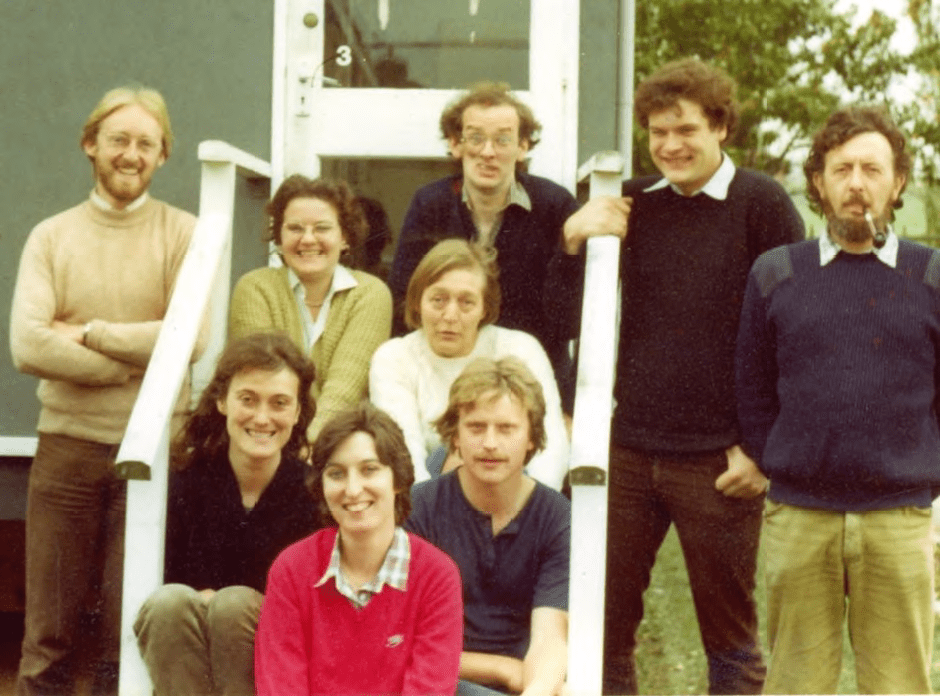
Debbie developed an interest in medieval pottery alongside Rosie Woodland, and whilst Rosie took on the assemblage from Austin Friars, Debbie tackled that from the Roman forum and other sites in the centre of Leicester, including those in the area of St Nicholas Circle and the West Bridge, published in 1994 (Sawday 1994). Once ULAS became established, the numbers of individual projects, though often smaller in scale, increased dramatically and Debbie was probably producing a report every few weeks.
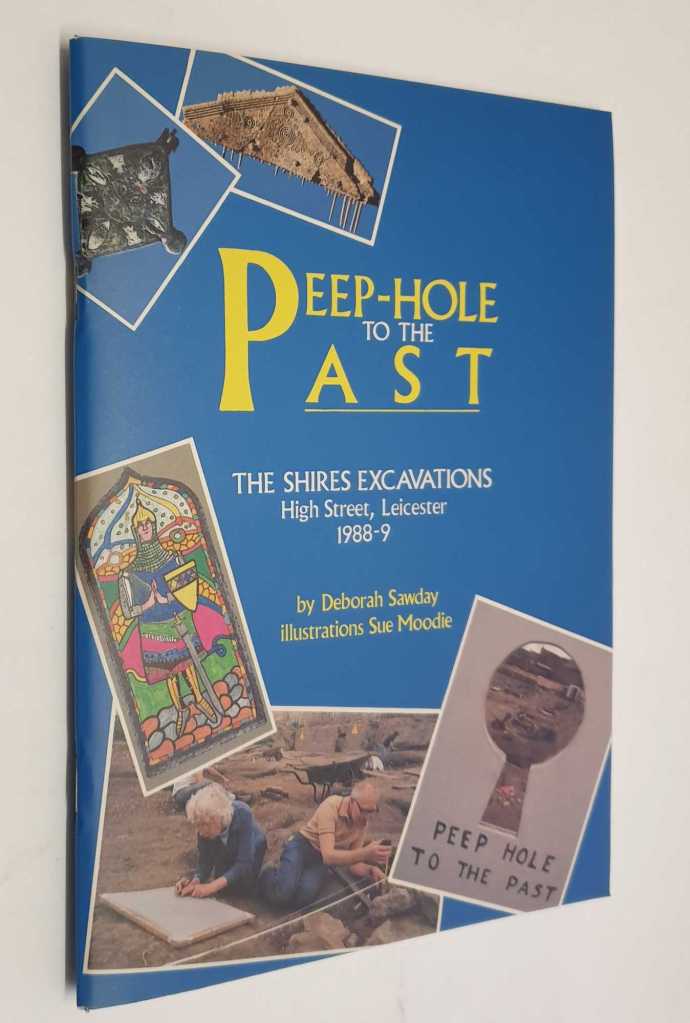
The scale of work at the Unit stepped up in 1988 when the long-awaited redevelopment of the High Street into the Shires Shopping Centre finally took off. The excavations were directed by John Lucas and Richard Buckley, and the ranks of diggers were swelled by trainees on the Manpower Services Commission’s Community Archaeology Programme. There was an emphasis on presenting the two sites to the public, which Debbie considered a crucial and enjoyable role and she wrote the booklet Peep-hole to the Past (1989) to accompany the excavations. In truth Debbie thought the title rather voyeurish and preferred the alternative ‘Muck and Filth’ as rather closer to what was actually involved in digging!
Contrary to the way that archaeological texts are normally written, from the earliest to the latest evidence, Debbie’s text takes the reader, instead, on a journey downwards, below those buildings still standing, through recent centuries to the lost medieval church of St Peter, the sack of Leicester, Domesday, the Vikings and the Saxons, and finally to the Romans and Leicester’s Iron Age origins. Reading it again now one is struck by how eloquently it is written, in an informative but accessible style. Debbie also enjoyed transferring her knowledge through the spoken word as she contributed a workshop on medieval pottery to the Vaughan College Certificate in Archaeology course for over 30 years.
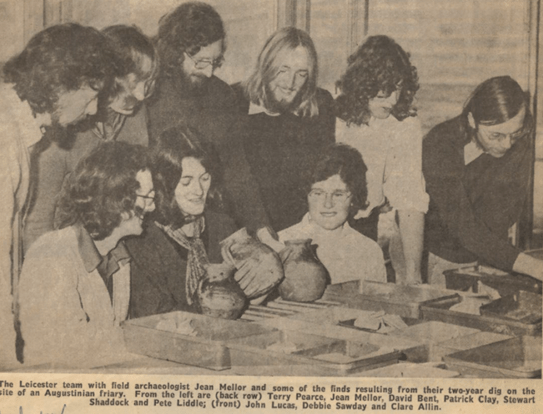
The early 1990s witnessed Leicester’s first fully developer-funded excavation, beneath the tax office on Causeway Lane. The amount of medieval pottery from the site was substantial, and whilst also studying the assemblage from the Shires, Debbie trained up Sian Davies to help with the new material and together they published a report on the 14,000 sherds which in total weighed nearly a quarter of a tonne (Davies and Sawday 1999)!
A good proportion of that weight was made up by the ubiquitous early medieval Potters Marston ware; Leicester’s chief supplier of cooking pots in the 12th and 13th centuries, the study of which Debbie made her own with a paper in Transactions (Sawday 1991), and through detailed typological analysis in the Causeway Lane report, providing the foundation for future research. Whilst the ware derives from the village of the same name just eight miles south-west of Leicester, for some unfathomed reason we always spoke of it in a West Country accent!
The 21st century saw another wave of redevelopment in the City with the enormous Highcross Leicester Shopping centre excavations taking place between 2003 and 2006. The following three years Debbie spent analysing the huge assemblages of medieval pottery it produced for the developer reports in 2009, and 12 years later, a synthesis of that work finally emerged in the recently published volume Life in Roman and medieval Leicester (Buckley et al. 2021). Debbie contributed sections to the ‘Making a Living’ and the ‘Food and Drink’ chapters which neatly encapsulated our understanding of pottery supply and use in Leicester and its crucial role in the everyday lives of Leicester’s inhabitants.

Debbie was an amazingly colourful character, great fun to be around and involved with much more than just pots, of course. Though born during the war, in terms of politics and attitudes, Debbie was very much a child of the 60s; she was ‘green’ before it was fashionable, never owned a car, cycled everywhere and was a passionate campaigner for Friends of the Earth. Her colleagues were used to having the latest petition thrust into their hands for signing, on entering the office!
Debbie was a keen gardener and ardent composter of waste from the ULAS office kitchen, transported home in her bike panniers on a weekly basis. The drab surroundings of our ULAS offices were brightened by her donations of spider plants, parlour palms, Swiss cheese plants and a lovely begonia rex! If we remember to water them, those plants will live on as do our memories of Debbie, but what we will miss most is that engaging everyday conversation on current affairs, informed of course by The Guardian, and the ties of friendship built up over decades of working alongside each other. Colleagues remember Debbie as a fiercely loyal friend and confidante, principled, protective, and very ready to speak her mind when the need arose. Her passing has left a huge hole in the ULAS team and in many people’s lives and we will continue to miss her for a very long time to come.
Nicholas J. Cooper
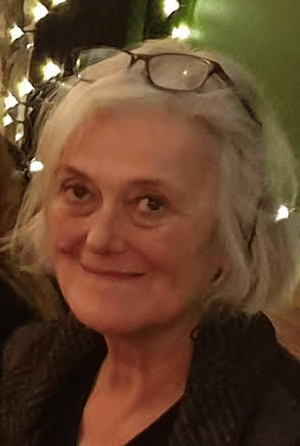
Acknowledgements
I am grateful to Heidi Addison, Jennifer Browning, Richard Buckley and Peter Liddle, for their comments as well as remembering crucial details, and to Jean Mellor for her 1991 Transactions article ‘The first twenty-five years: archaeology in Leicestershire 1965-1990’, which is such a useful overview of how it all evolved.
Select bibliography
Buckley, R., Cooper, N.J. and Morris, M. 2021 Life in Roman and Medieval Leicester: excavations in the town’s north-east quarter, 1958-2006. Leicester Archaeology Monograph 26. Leicester: University of Leicester Archaeological Services.
Davies, S. and Sawday, D., 1999, ‘The post-Roman pottery’ in A. Connor and R. Buckley Roman and Medieval occupation at Causeway Lane, Leicester. Leicester Archaeology Monograph 5, 165-200. University of Leicester Archaeological Services.
Sawday, D., 1989, Peephole to the Past: the Shires Excavation 1988-9. Leicester: Leicestershire Museums Arts and Records Service
Sawday, D., 1991 ‘Potters Marston Ware’ TLAHS 65, 34-37.
Sawday, D. 1994 ‘The post-Roman pottery’ in P. Clay and R Pollard, Roman Occupation in the West Bridge Area, Leicester: Excavation 1962-71, 115-130. Leicester: Leicestershire County Council Museums, Arts and Records Service.
Debbie and I were friends from 1969, meeting at Leicester University School of Education.
There was a subject we avoided – where Richard III`s remains should be buried. I was born and brought up in York ….. But we agreed about our earth needing protection and sometimes almost fell over laughing.
Debbie was in my life right from the start, as my mum and I lived with her for a couple of months, when I was just born, I miss Debbie so much but she will always be with me in my memories. Love you lots Debbie.